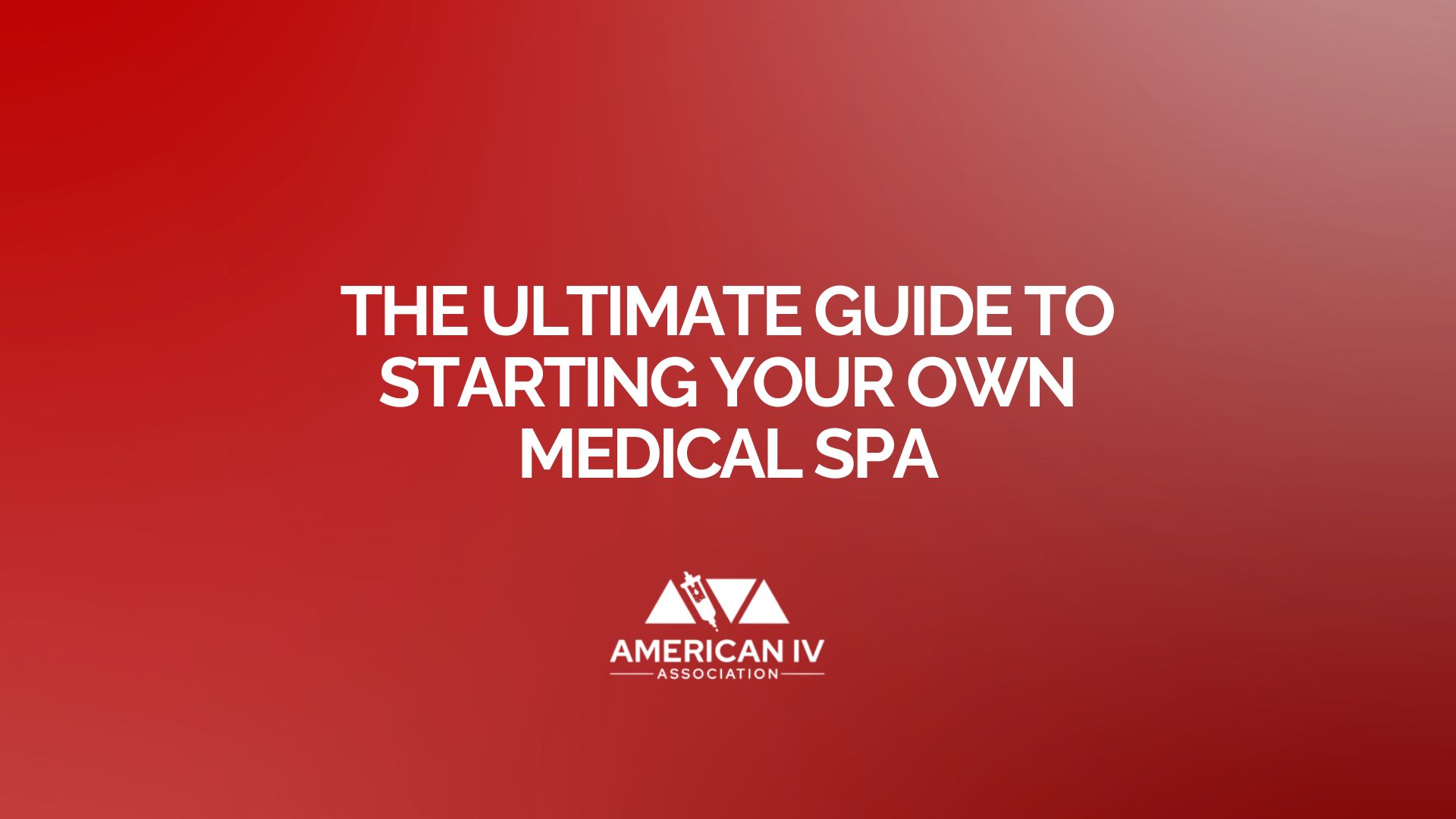The popularity of medical spas has increased significantly since 2010, and the trajectory looks to continue. According to the 2022 Medical Spa State of the Industry Report from the American Med Spa Association, medical aesthetics has grown into a $15 billion industry, with 8,841 medical spas operating throughout the U.S. in 2022. That’s up from 7,430 in 2021 and 5,431 in 2018.
Those numbers come as no surprise for nurses, NPs, and PAs considering opening a med spa. Nurses, NPs, and PAs increasingly turn to aesthetic training at the start of their careers. Healthcare provider burnout from the pandemic and even before that has led many seasoned nurses to pivot to med spas. The specialty can be rewarding, less stressful, and lucrative.
Kerry Fugere, cosmetic manager at Twin Ports Dermatology, attributes the growth of the med spa industry to consumer demand. “It used to be something not many people could afford. Now people are open and not ashamed of the self-care aspect of cosmetic treatment. There’s nothing wrong with wanting to reverse the hands of time just a little bit or to have your skin be its best.”
If you’re a nurse, NP, or PA looking to launch a med spa, getting started requires careful planning and preparation. In this guide, we’ll walk you through the essential considerations of owning a med spa, from understanding the associated costs to setting up insurance and logistics, marketing your new services, and properly staffing your business.
How To Start a Medical Spa
Before you dive into the exciting process of launching your business, it’s important to consider the following:
- Get certified: To offer injectable treatments such as botox and dermal fillers, you must complete specialized nurse injector training. Many associations offer this as one course. You can also get official aesthetic nursing certification through the Plastic Surgical Nursing Certification Board (PSNCB), but it’s not required.
- Estimate costs: The next step is to understand the costs associated with starting a med spa, such as overhead, licensing, insurance, staff salaries, and more. Building a budget that considers all these factors is essential for ensuring your practice has the resources to succeed. Moxie is a med spa platform that helps nurses get started so that you anticipate the costs you might not consider.
- Stay compliant: Besides mastering the areas of the med spa you want to offer, it’s also important to consider any regulations specific to your state. Research any additional certifications or training required to legally provide specific treatments or services. In many states, med spa ownership is limited to physicians. You’ll likely need to find a medical director to serve as a business partner – even if they aren’t directly involved in all the day-to-day operations.
- Take care of insurance: Starting a med spa requires a comprehensive business plan that takes into account all the costs associated with setting up a shop. Fortunately, setting up med spa practice insurance is easy. This will protect your business against any potential legal liabilities or claims due to malpractice or negligence. Once you have locked in professional liability insurance, also known as malpractice insurance, you should also look into other options for small business insurance, especially if you are taking your medical spa mobile.
Decide on the essential services to start
As a nurse, NP, or PA looking to open a new med spa, the first step to deciding on the services you plan to offer is thoroughly researching options such as facials, waxing, massage therapy, body treatments, and laser hair removal.
You should also consider what clientele you want to target – do you prefer luxury spa treatments or affordable services for all?
Besides dermatological care to all ages, Twin Ports Dermatology offers a range of med spa services. Besides the standard services, like Botox, they offer tattoo removal and cutting-edge laser and light therapy services.
Fugere says part of what has made Twin Ports Dermatology so successful is that they were the first in the area to combine a dermatology practice with a med spa. As they’ve grown and similar med spas have popped up in Duluth, Minn., Fugere and her team have added new services to stay relevant and competitive.
Look at what other med spas are doing in your area and determine what’s missing and what might set your service apart. Start small and grow from there.
The staffing requirements for a med spa
The right team is the secret to success in many healthcare and cosmetic practices. After eight years in practice, Fugere says that’s certainly been the case for the Twin Ports Dermatology team. “It will all come together if you’ve got the right motivated people you can trust. If you have fancy machines but you don’t have a dedicated, knowledgeable staff, that’s of no value. Starting with your very best staff is where I would invest,” she says.
When seeking a new employee for your med spa, it’s also important to consider how open to change they are. Fugere explains, “Everything in the medical field, especially the cosmetic world, is always changing and improving. Resisting change or being unable to flow with that would be a struggle.”
Start with referrals to market your new med spa services
Like any new practice, start to spread the word about your new med spa by beginning with friends and family. Word of mouth is still a powerful tool, even with the most advanced marketing strategies available in 2023.
From there, contact other clinicians in your area, such as dermatologists and internal medicine physicians, to let them know about your services. You can also connect with area businesses that serve your target market, such as hair and nail salons. Establishing relationships with these professionals gives you credibility and helps promote your business.
Starting a new practice is never easy, but you can build a viable business in this growing market with the right strategy and support.
